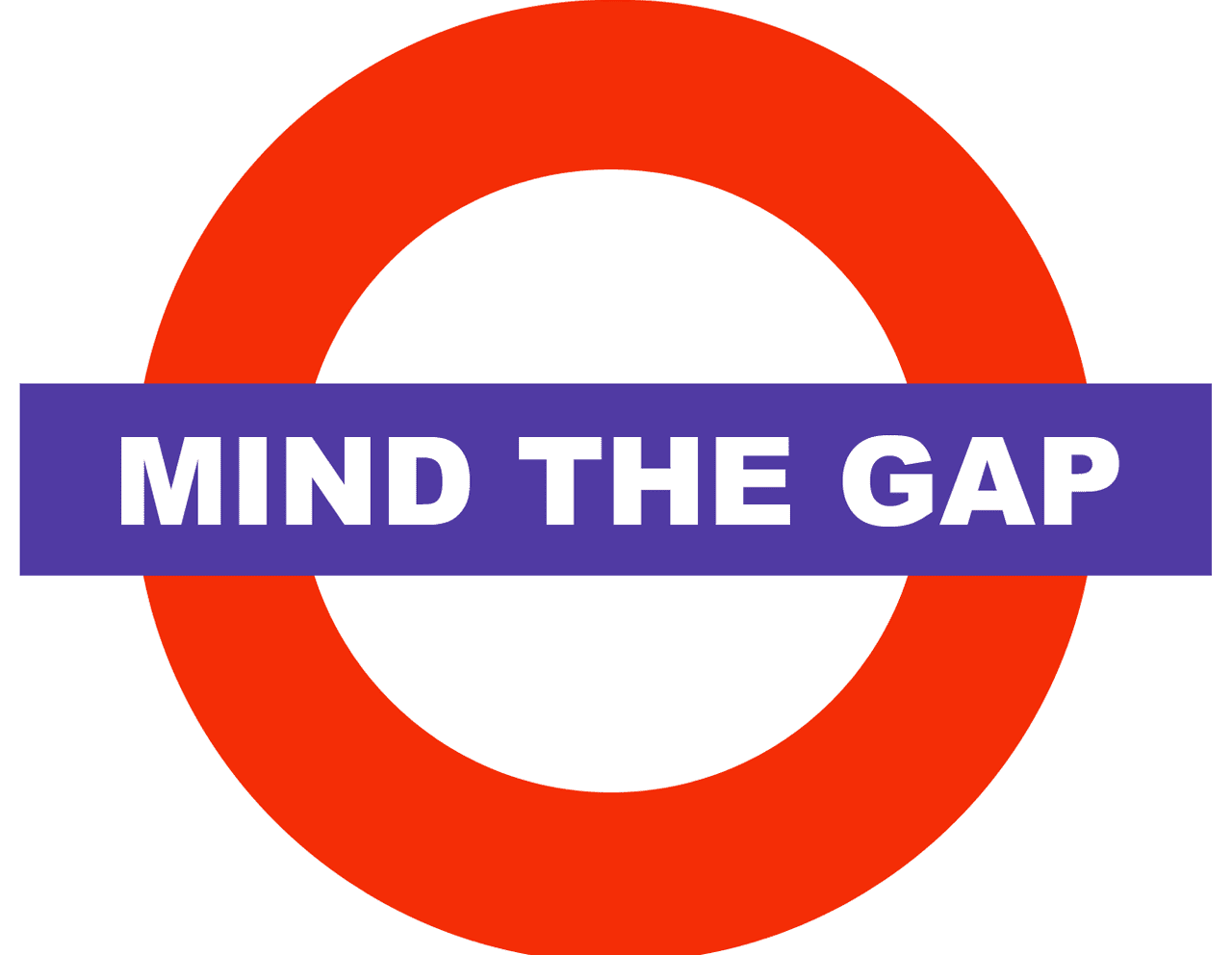
By Tim Kellett – Director at Paydata > https://www.paydata.co.uk/
Since the publication of the governments draft regulations on mandatory gender pay gap reporting, it appears that few employers are taking the preparatory steps, avoiding the topic altogether and not taking the legislation seriously.
Admittedly in the last year there has been much more interest from employers, but only from an educated few who have been pro-active enough to assess their gender pay gap.
Considering the preceding ten years since equal pay auditing was first introduced, unfortunately it’s been a slow adoption. Particularly when it comes to translating interest into action.
After a recent survey by Paydata carried out amongst 130 employers across a range of industries, a meagre 42% currently measure differences in gender pay, with only 19% reporting their findings.
Considering that employers will soon be required to publish such figures, these statistics are remarkably low, and from the research carried out, the average pay gap between males and females currently sits at 22%. Which despite being marginally over the Office of National Statistics quote should still be motivating employers. So why is there a lack of action from employers?
2018 is when employers will be required to publish their gender pay information, and this perhaps feels like a long way off, especially with more current considerations around the new National Living Wage legislation, gender pay may be at the bottom of the list.
However, what many employers may not realise is that 2016 marks the first opportunity to reduce the pay gap figures.
Otherwise the alternatives will be to manage higher payroll spends in 2017 and 2018, or deal with the negative press as the comparisons are made public.
Many employers have cited that their reasons for not taking action on the gender pay gap at present is that they have a largely female workforce, with many in senior positions.
But this doesn’t reduce the possibility of a large pay gap figure, and could actually increase the potential for an equal pay claim.
For those businesses that may be thinking ‘Why should we be concerned’, you only need to look back at the media storm caused when a list of employers was published showing they paid below national minimum wage.
Well established companies were claiming it was an oversight, but the same can be said for gender pay. And let’s face it, employees, competitors, unions and the general public will all be interested in the published pay gap figures.